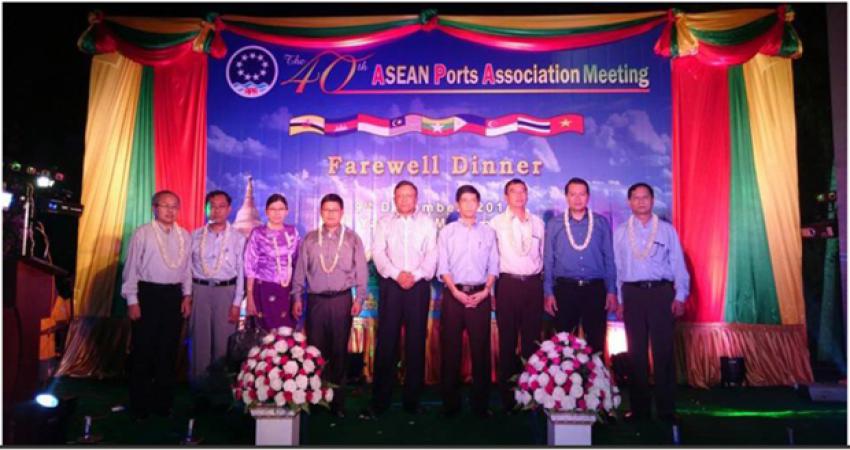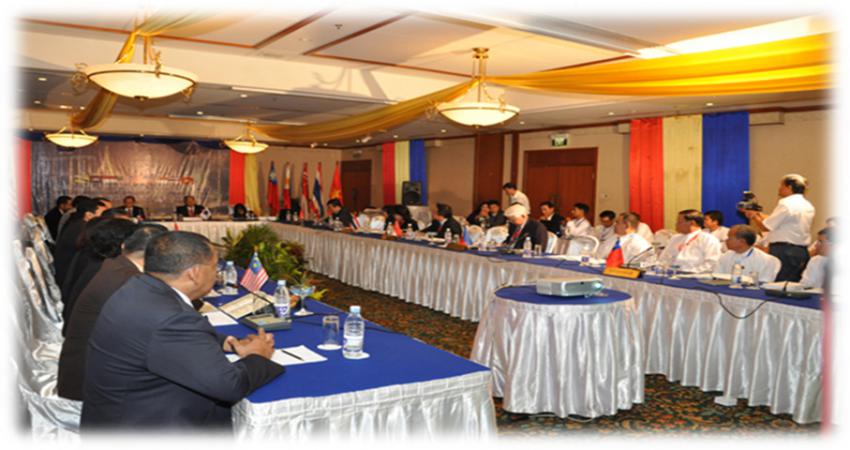


Background. In 1967, countries in South East Asia region forged an economic and trade alliance called the Association of South Asian Nations or ASEAN to advance their agenda for economic growth, social progress and cultural development. Its founding member-nations were; Indonesia, Malaysia, Philippine, Singapore and Thailand. Since then, the ASEAN has played a pivotal role in the international community and has put forward the ASEAN’s interests.
Moving in the same direction, a parallel cooperation tie was formed in the following decade to build a strong base foundation for regional cooperation among port authorities in the area. Although preoccupied with the more exigent issues involving port matters, the ASEAN Port Authorities Association (APAA) was conceived to provide a venue for port officials concerned to meet and share experiences that may lead to finding solutions to identified problem areas and emerging issues affecting the port sector.
Its Beginnings. The inspiration of establishing an alliance of port authorities in the ASEAN was hatched during a sports festival held in Sabah in 1974. After a series of meetings relating the drawing up of framework and mechanism for regional cooperation, the ASEAN Port Authorities Association, now ASEAN Port Association was born. It was the brainchild of Messrs. R. Geotina of the Philippines and J. E. Habibie of Indonesia, both participants of the Sabah sports fest. These gentlemen are now fondly remembered as the founding officers of the APA and elected as the first Chairman and Vice-Chairman of the Association in 1975.
The APA was originally envisioned as an organization that could provide the proper forum for the achievement of the following broad objectives: exchange of information, harmonization of trade practices, and promotion/facilitation of trade among ASEAN ports. The first annual meeting of the APAA was convened in Manila, Philippines on September 1975. This was attended by port representatives from the five ASEAN member-countries, namely: Indonesia, Malaysia, Philippines, Singapore and Thailand. During the momentous meeting, the members officially approved the Terms of Reference of the Association and subscribed to its objectives, principles and purposes. The forming of the Association represents the collective will of the member-ports to foster friendship, extend support and cooperation to promote the interests of ports.
The founding members of APAA consist of government agencies in the ASEAN countries which are organized and functioning either as a corporate body or as a bureau. The Port of Singapore Authority, Indonesia Public Port Corporations, Kelang Port Authority(Malaysia), Port authority of Thailand and Philippine Ports Authority function as corporate body. These ports operate like private business and therefore enjoy autonomy in the management, development, operation and financing. They are also clothed with certain regulatory powers over ports under their jurisdiction.
The bureau-type ports, on the hand, are administered by other government bodies where they are organically positioned, usually under the umbrella of the Department/Ministry of Transportation and/or Communications. The Ports of Indonesia are classified under this category.
Expansion. During the 21st APA Main Meeting in Singapore in November 1997, the Members formally adopted the change in the Constitution and By-Laws of the APA. Among the amended/additional provisions include: the modification in the name of the Association to ASEAN Ports Association (APA); inclusion of one more star in APA’s logo representing the formal membership of Vietnam ports into the Association; expansion of the scope of activities and objectives of the Association to cover port planning and development as a major concern of the APA as well as fostering of close relationship with other regional/national/international port or port-related groups/associations; expansion of APA membership to include corporatized or privatized ports as associate members.
Membership. The Association is presently composed of regular and associate members collectively recognized as members by the Association. Regular members are those national port authorities and/or the country ports with the government retaining majority interest. Corporatized or privatized ports comprise associate members. These Members determine programmes of work and priorities, annual budgets and other affairs of the Association; elect the Chairman and the Vice-Chairman; and, attend special meetings to discuss matters on proposals, recommendations or reports of the Working Committee or Technical Committees.
To enhance its collective strength, membership of the Association was expanded with the admission of ports in Brunei Darussalam in 1984, Vietnam in 1996, Cambodia in 2003, and Myanmar in 2005.